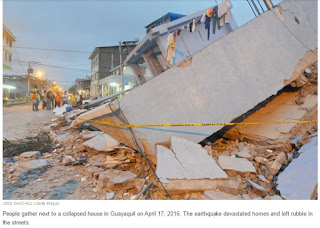Great Barrier Reef bleaching made 175 times likelier by human-caused climate change, say scientists
Inquiry: How might be a plausible
Activity: Conduct an issue analysis and map out the data as well as the extent of the bleaching along the Reef. Add to the map human data i.e. distribution, industry etc. Create a story map to communicate your results








































